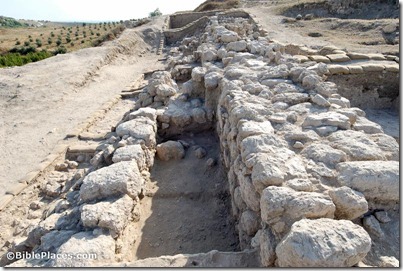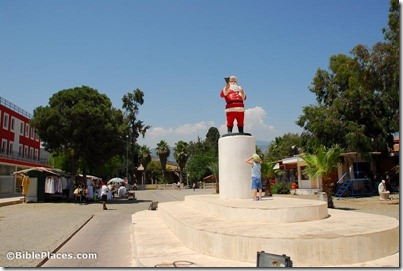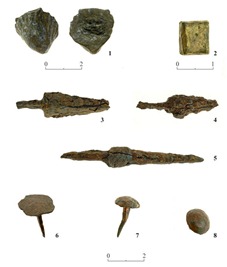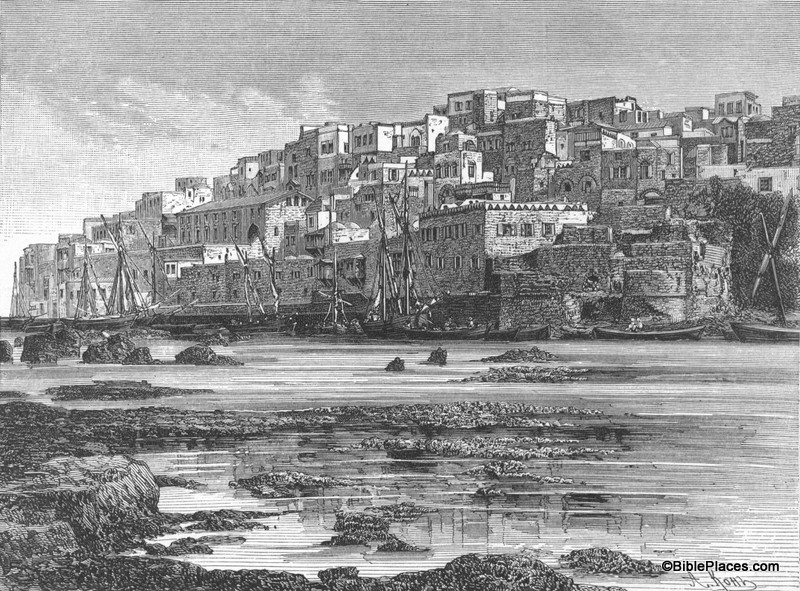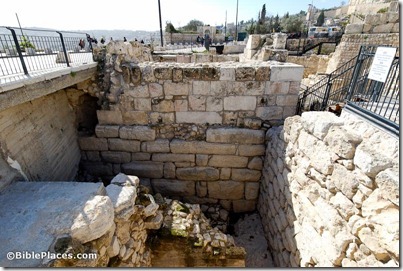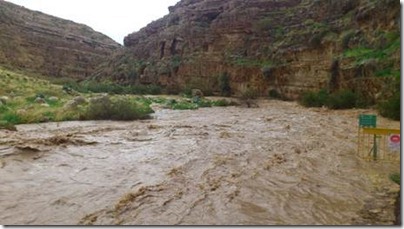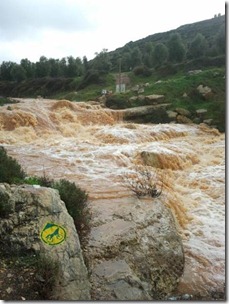If you have been to Israel today then chances are that you flew there and your first glimpse of the country was from the air. But what was it like to visit the Holy Land before the luxuries of modern travel?
Our picture of the week comes from a book written in the 1880s by a scholar and traveler named J. L. Porter. The book is called Jerusalem, Bethany and Bethlehem and chronicles Porter’s travels and reflections in the Holy Land. It has been reproduced electronically and is available through LifeInTheHolyLand.com.
Joppa is one of the oldest cities in the world. Pliny says it was founded before the Flood; and Josephus attributes its origin to the Phoenicians in the earliest stage of their commercial enterprise. Strabo has another story, making it the scene of Andromeda’s exposure to the sea-monster.
But Joppa has a far higher claim upon our attention than could be given by heathen fables, or by even the most extravagant ascription of mythical antiquity and commercial greatness. It was the port of Jerusalem three thousand years ago, when the mariners of Hiram brought down timber from Lebanon for the building of the Temple. It is the port of Jerusalem to this day [in 1886]. Most Western travellers there first touch the sacred soil of Palestine, and thence go forward on their pilgrimage journey to the Holy City. …
When one reaches the shore, through barriers of rocks,—rather a difficult and even dangerous task if the wind happens to blow from the west,—he is charmed at once with the quaintness of the streets and houses, the picturesque beauty of the fountains, gates, and Crusaders’ walls, and the crowd of people dressed in the costumes of nearly every country of Europe and Asia. … The views obtained from the terraced roofs of the higher houses of the town, and from some of the old towers along the walls, are singularly rich. The eye roams over a vast sea of verdure, many-tinted and varied in outline, with the palm, the pomegranate, the spreading terebinth, the golden orange and lemon, and the stately cypress. Beyond the orchards appear wide reaches of the green meadows and corn-fields of the Plain of Sharon; while on the eastern horizon, miles away, is the long range of the Judean hills, delicately coloured with light-gray summits, russet sides, and deep purple glens. It is a grand panorama, and, as it seemed to me, it is a fitting introduction to the traditional and historic glories of the Promised Land.
